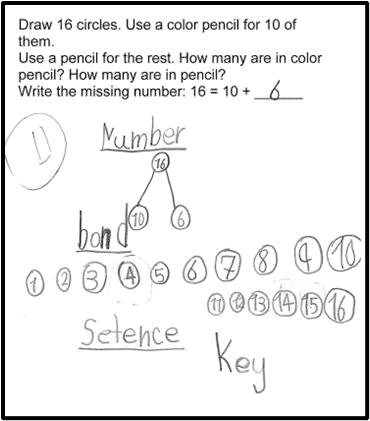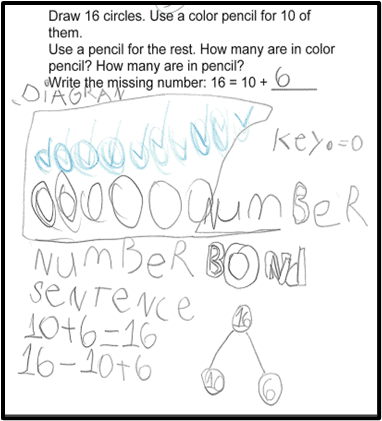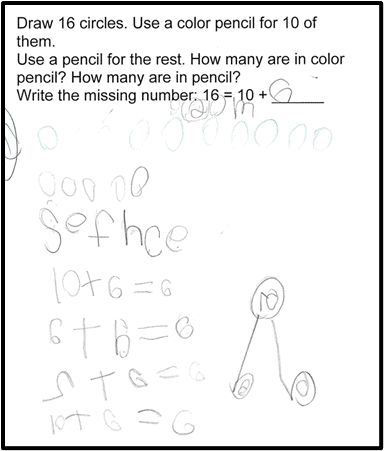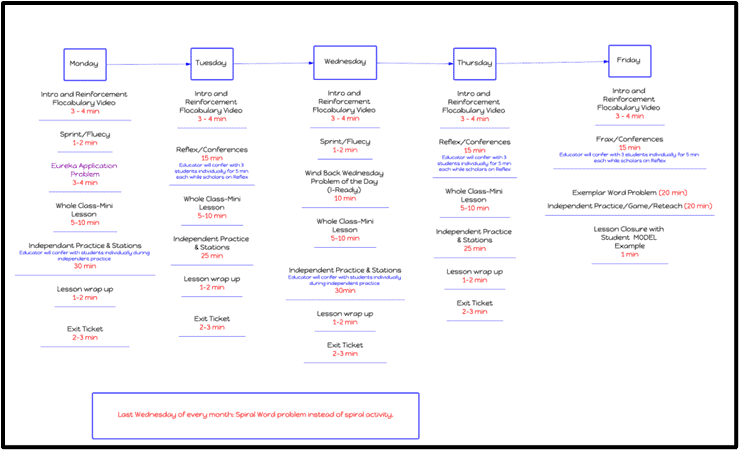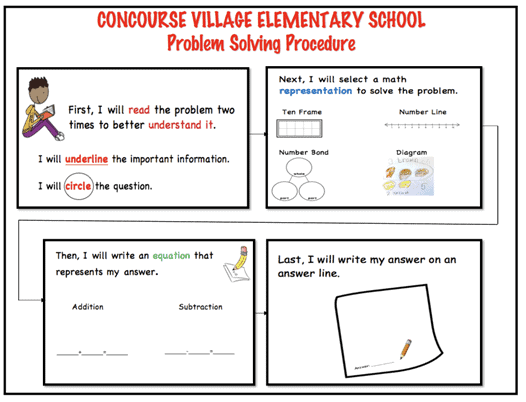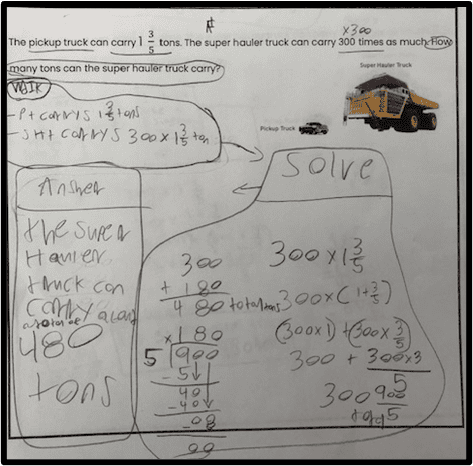As educators, it is easy to spend most of our day putting out little fires. We are constantly in need of more time. More time to plan, more time to research, more time to teach, more time to connect, more time to assess, and more time to engage. What if I told you I found it? I found time! I found time in structures.
John Hattie found that the tipping point of a 0.4 effect size was the point at which student performance surpasses the expectation of one year’s growth in one year’s time. Planning and prediction have an effect size of 0.76. By implementing structures with fidelity to a classroom you are providing students with a more predictable day in which they know what to expect, therefore making learning a more enjoyable and safe experience. Structures also help facilitate effective lesson planning and instruction.
At Concourse Village Elementary School, we have several schoolwide systems and structures in place that allow for the day to run smoothly. I am going to focus on two math structures that support teaching and learning: Math Block Schedule and Problem-Solving Procedure.
Math Block Schedule
When designing a Math Block Schedule, keep in mind your students and school community. Remember: one size does not fit all. However, a Math Block Schedule should incorporate the following: whole-group instruction, small-group instruction, time to teach new skills, time for independent practice, and a lesson closure.
Below is a sample of a 60-minute Math Block Schedule
Problem-Solving Procedure
The Problem-Solving Procedure is the set of steps students follow to solve a word problem. The Procedure reinforces reading for understanding, annotating, and explicitly showing and checking your work. The Procedure is not specific to a certain type of problem and can be used from grades K-5 to answer all types of math word problems.
Math Milestones™ as Easy as 1, 2, 3
Math Milestones™ is a standard-aligned free resource that can be seamlessly embedded into any math block and provide educators with valuable student asset data. Throughout the school year, we used a Math Milestones™ task in the following ways: as a spiral task, a station activity, and the problem of the day.
Math Milestones™ as a Spiral Task
Every Wednesday, our students begin their math block with a spiral task that can consist of a word problem or two to three multiple-choice questions that assess a standard already taught. Our 4th- and 5th-grade math teachers selected a task that aligned with a concept already taught and gave students 10 minutes to complete the problem. Students naturally used the Problem-Solving Procedure as they worked on the problem.
Educator Feedback about the Task Pictured Above
Were the Teacher Notes for this task helpful?
“Yes. By reviewing them, I gained a better understanding of the linguistic difference between times-as-many and times-as-much. When referring to multiplying discrete objects such as cars or chairs, the phrase ‘times-as-many’ is the more accurate usage to describe this factor. On the other hand, ‘times-as-much’ applies most directly to substances that can be measured out and repeatedly subdivided such as a quantity of fluid or an interval of time which are often fractional measurements. This transition in thinking connects with the 5th-grade concept, which explores multiplication as a scaling operation.”
Were you able to gauge students’ strengths by analyzing their work on the task? If so, what were some assets you observed?
“I was indeed able to analyze our students’ strengths, which encompass the accurate usage of the distributive property when multiplying and the usage of long division when converting an improper fraction into a mixed number.”
Math Milestones in Stations
In 2nd grade, the educator assigned a Math Milestones™ task as a station activity. The students were given 10 minutes to complete the task while at that station. The following week during “Spiral Wednesday,” the educator selected three students to share their work. During this time, the students were given the opportunity to make connections between the three pieces of work, ask questions, and provide feedback to one another.

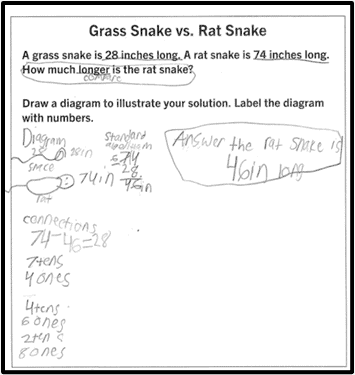
Math Milestones™ as Problem of the Day
In kindergarten, the educator used Math Milestones™ as an application problem, or problem of the day. This was presented to the students at the beginning of the lesson, and they were given 5 minutes to solve the problem independently. The teacher then used one-on-one conference time to provide students feedback throughout the week.
